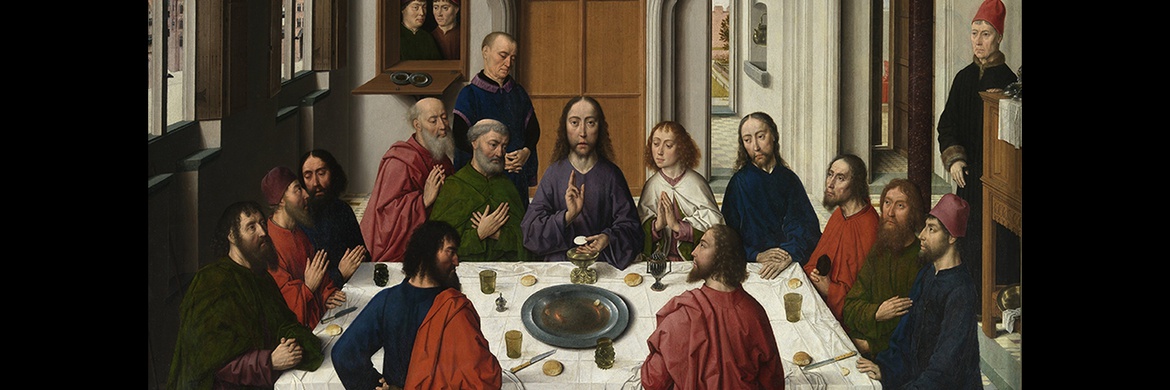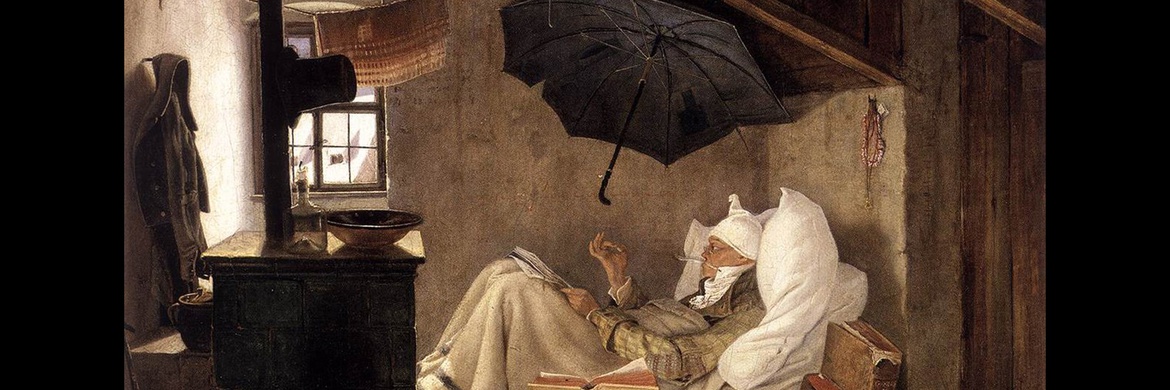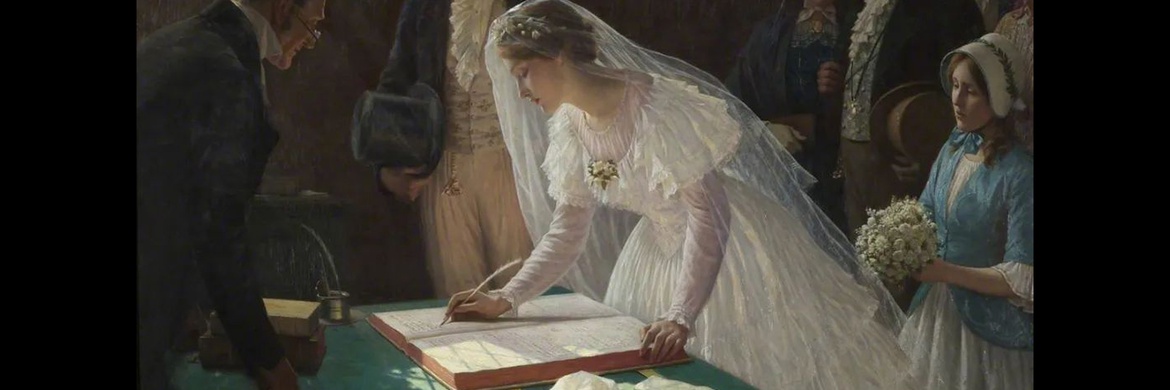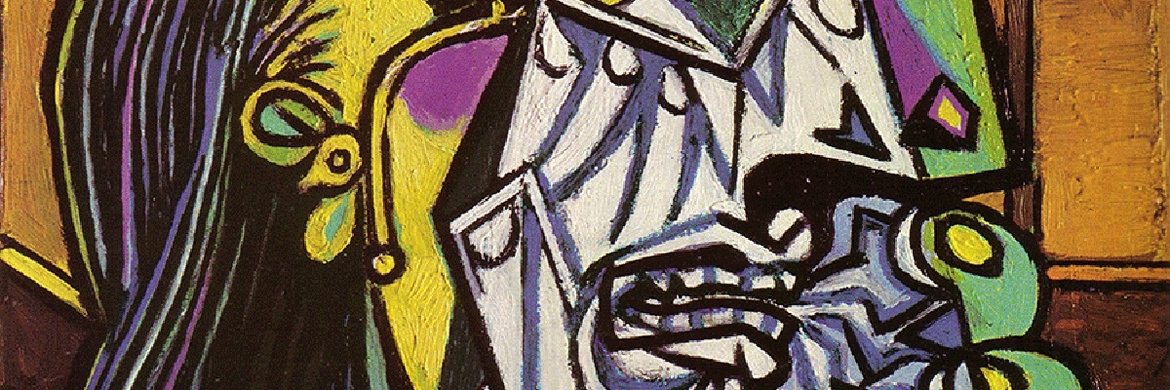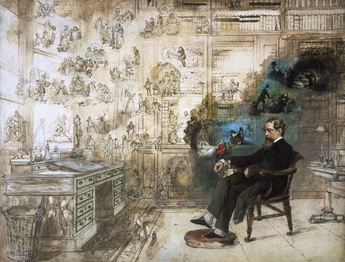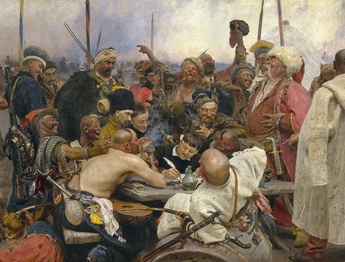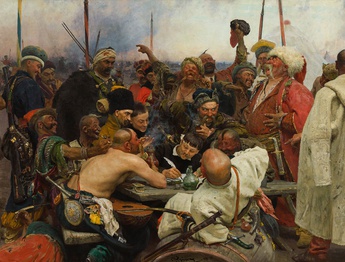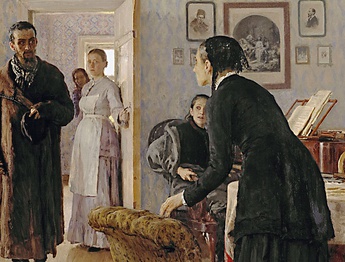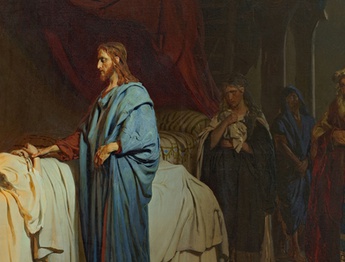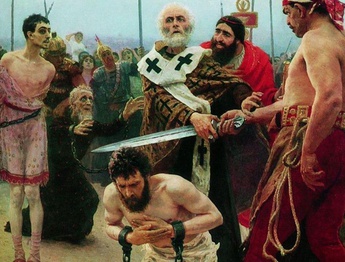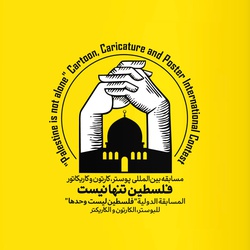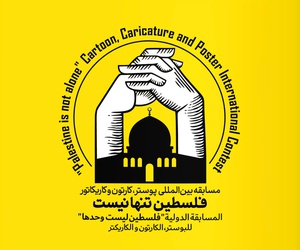Ivan Grozny has killed his son. This statement is immediately contrasted with another statement in Repin's painting: Ivan is terrified. But what is his fear? Is it from killing a boy with a cane blow to his forehead? An act that is in fact a characteristic of the queen Ivan; He is known by death. So what has Ivan done? The answer to this question is where it represents terror: the porch's eyes. Look into his eyes again to see this painting. The dazzle in his eyes suddenly destroys everything. The eyes, these objects of Ivan's anxiety, reveal that Ivan did not kill his son. He did not kill Dimitri himself. Dimitri was hit on the head with a cane; Ivan's cane, the cane of a desperate old man who tries to avoid death in Repin's painting with a bloodless hand.
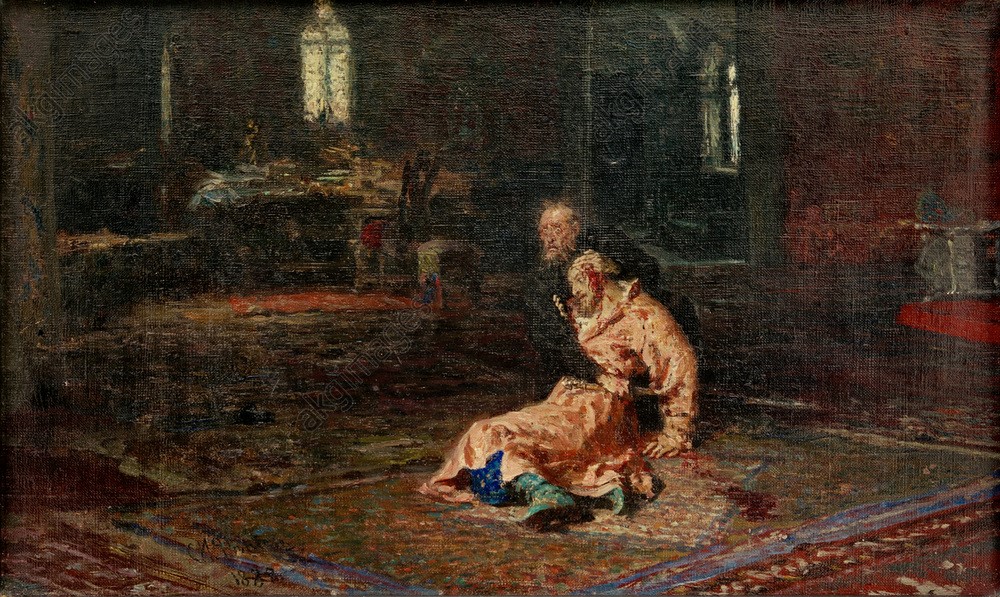
Primary Etude -1
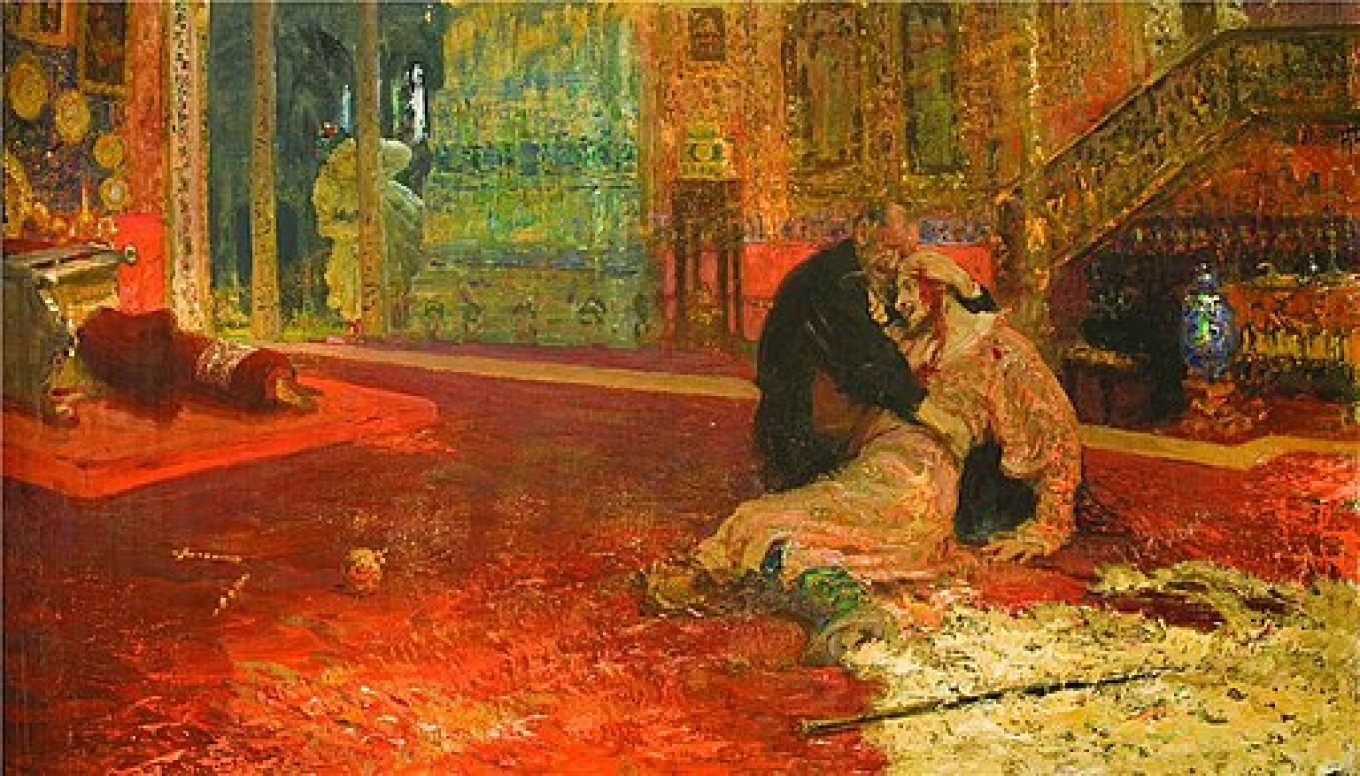
Primary Etude -2
Dimitri was not killed by Ivan, but by "Grozny". Destiny, which puts a 4-year-old boy on the throne, magnifies him with conspiracies, takes away the first delicate part of his life, his first wife, removes any opposition to terror, makes him the most powerful ruler of Russia: the "Grozny" who is depicted in this painting on the porch staff. Repin here portrays "destiny" as such a separate object from the individual. The cane, which is "Grozny", is depicted as the ruling object that leads Ivan to the end of his tragedy. Ivan did not disobey the law of destiny, he is the best king of Russia. The one who tamed Russia's borders and forced many lands to obey. He must be "lucky" because he is subject to the law, and this is where he looks exactly terrifying. Ivan's happiness is the attainment of the highest ends: "political good." A goodness which, of course, can never guarantee "justice" by reading Repin. The painting of Dimitri being killed by Ivan is a difficult question of Nicomachean's morality, which Rapin has painted on canvas.
In Rapin's painting, two things are overturned: the stature of the slain child and the throne of the kingdom. It is as if the painter is trying to make a connection between these two overturns: the death of a child as the overthrow of the throne of power. In Rapin's painting, two things are overturned: the stature of the slain child and the throne of the kingdom. It is as if the painter is trying to make a connection between these two upheavals: the death of a child as the overthrow of the throne of power. The killing machine is right in front of us; the closest possible distance between our horizon and that weapon is nothing but the emperor's staff.
This closeness is not the result of the painter's experimental nature and passion! The effect is to emphasize the root cause of murder: the madness of power. The cane has always been a symbol of glory and power. The lightning of Zeus is left to the raising of the staff of his godship and also all the authority of Moses against Pharaoh is tied to his staff.
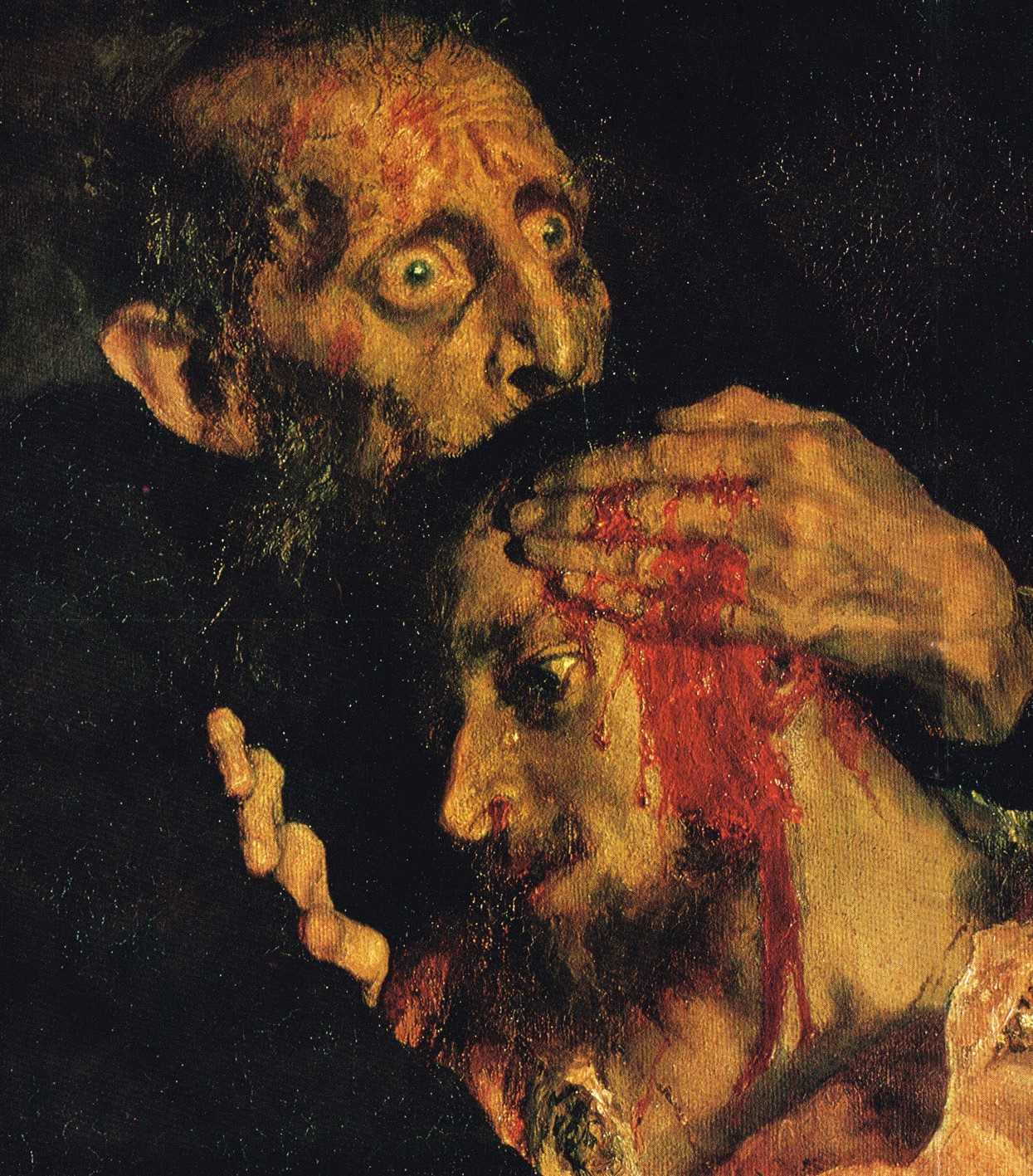
But the porch staff overturned and then it overturned!
The seal of history seals the correctness of this correspondence. With the death of Ivan, all that hegemony and greatness of the imperial system was destroyed!
While its protection and preservation was possible with the courage of the elder son. In Repin's terrifying narrative, Ivan seems to have realized his irreparable mistake. Look into his sore eyes.
What does that frightened and desperate stare tell of but a "tragic awareness" of a fatal voluntary mistake?!
The secret of Rapin's mesmerizing power in design and painting, the power to instill this tragic awareness, as well as the construction of horror, is a historical situation that many of its audiences are familiar with.

Watch the direction and movement of the left hand of the porch.
In appearance, Ivan has embraced the victim's child. But the movement of his hand is such that he keeps the left eye of the child's corpse open. It is as if the painter is deliberately trying to show the flicker of the child's upset and sad look in front of the potential viewers of his work, and to increase the intimidating and at the same time sad effect of the work a hundredfold.
That's why he makes an artistic decision in design. He puts his hand on Ivan's corpse in such a way that with the pressure due to the regret and regret of Ivan in order to prevent the bleeding, the victim's eyes are opened and we, as spectators, watch that sad and frustrated look.
The creasing of the carpet under the feet of the corpse should also be considered: creasing caused by the excruciating pain of mourning.
Repin's unique painting is a masterpiece that depicts the most humane romantic emotions without resorting to romantic style tricks and with complete fidelity to the style of realism. This coexistence of theme and narrative is a sign that the spirit of Romanticism is dissolved in the body of Russian realism.
